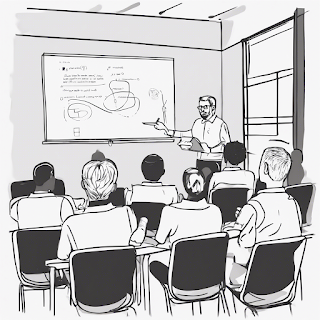A Guide to the ADDIE Model of Instructional Design

The world of training and development is constantly changing, with new technologies, methodologies, and learning theories ever emerging. In this volatile landscape, some of find it crucial to have a structured approach to designing and developing effective training programs. This is where the ADDIE model shines. ADDIE, which stands for Analysis, Design, Development, Implementation, and Evaluation, is a systematic instructional design model used by instructional designers and training developers worldwide. It provides a framework for creating high-quality training programs that meet the needs of learners and achieve organizational objectives. So, why should you use the ADDIE model? Here are a few compelling reasons: Structured Approach: The ADDIE model offers a systematic and structured approach to training development, ensuring that every stage of the process is carefully planned and executed. This structured approach reduces the risk of overlooking critical elements and helps mai...




